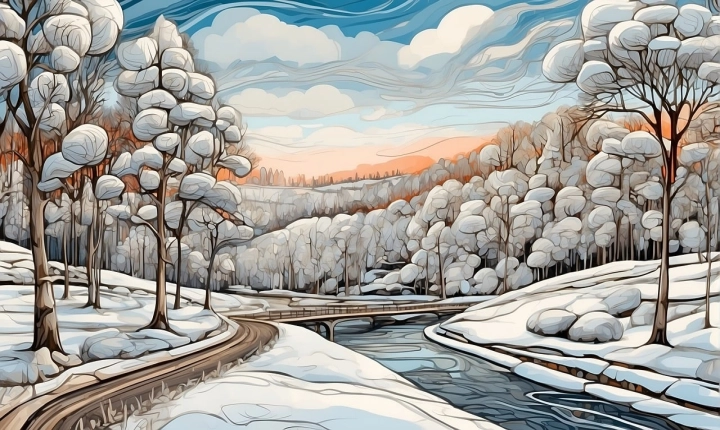Is AI-Generated Art Truly Art?
The advent of artificial intelligence has brought about a new wave of creative expression, with AI-generated art gaining popularity and sparking debates about its artistic merit. As technology advances, the capabilities of AI to produce realistic and visually stunning artworks are becoming more sophisticated, blurring the lines between human creativity and computational ingenuity.
But the question remains: is AI-generated art truly art? Can a machine possess the creativity, emotion, and intentionality necessary to produce art in the same way that a human can? These are complex questions that raise philosophical and ethical considerations about the nature of art and the role of technology in creative endeavors.
One argument in favor of AI-generated art as a legitimate form of artistic expression is the concept of art as a product of human interpretation. If a human artist creates a piece by using AI as a tool, the resulting artwork can still be seen as a manifestation of the artist’s vision and intention, even if the actual creation process involves a machine. In this sense, AI can be viewed as a collaborator with the human artist, expanding the creative possibilities rather than replacing them.
On the other hand, skeptics of AI-generated art argue that true artistic expression requires human consciousness, emotions, and lived experiences that cannot be replicated by a machine. They argue that true art is a reflection of the human condition, and that AI lacks the ability to experience the world in the same way that humans do.
Furthermore, critics of AI-generated art express concerns about the commodification of creativity and the potential loss of human artistic jobs as technology continues to advance. They worry that the widespread adoption of AI-generated art could devalue the unique contributions of human artists and lead to a homogenization of artistic expression.
Despite the debates and uncertainties surrounding AI-generated art, there is no denying the impact that this technology is having on the art world. Museums and galleries are beginning to feature AI-generated artworks, and collectors are showing interest in acquiring these pieces. The fusion of technology and art has the potential to push the boundaries of creative expression and challenge traditional notions of artistic practice.
Ultimately, the question of whether AI-generated art is truly art may not have a definitive answer. The definition of art is fluid and subjective, and the role of technology in creative endeavors continues to evolve. As AI continues to develop and influence the art world, it is essential for artists, critics, and audiences to engage in thoughtful dialogue about the implications of this technology and its impact on the future of art. AI-generated art may not replace human creativity, but it has the potential to transform and enrich the creative landscape in ways that we are only beginning to imagine.
